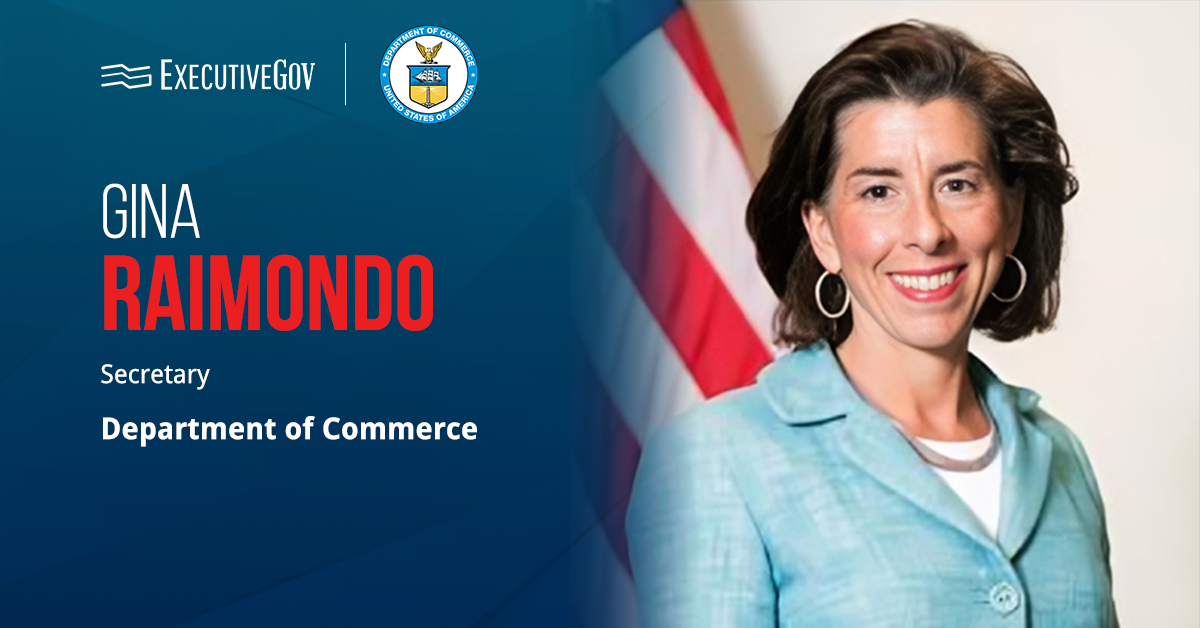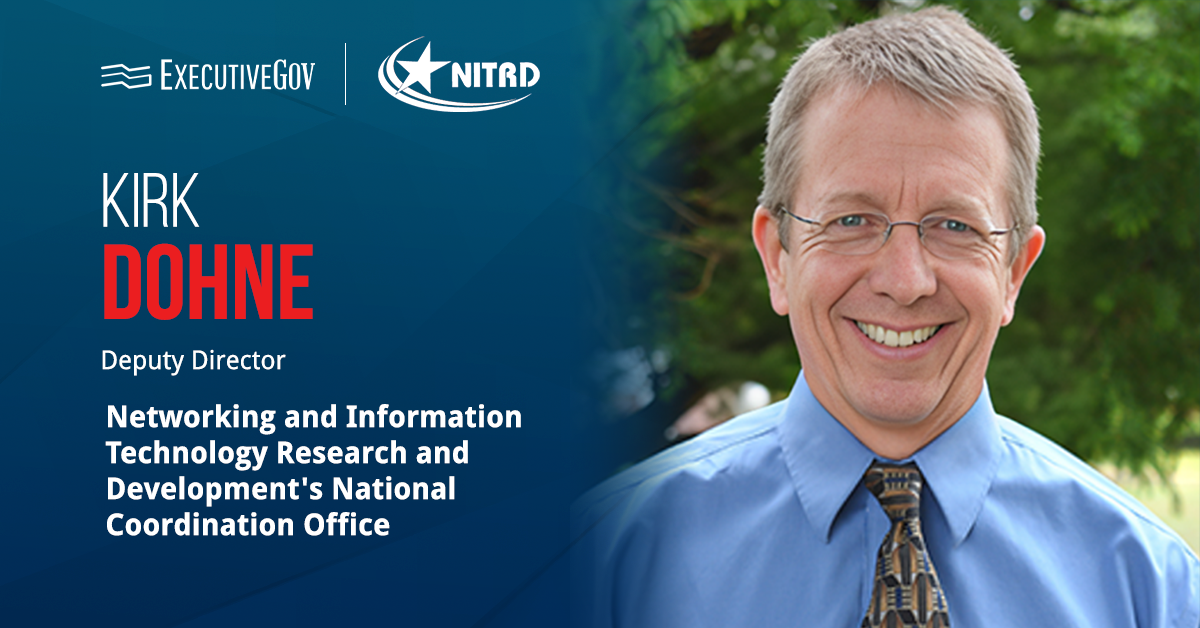The U.S. Army’s Program Executive Office Enterprise is working with three contractors to create an artificial intelligence tool that can simplify the development of solicitation documents to reduce delays in awarding contracts and delivering capabilities to warfighters.
The contractors were awarded a two-year Small Business Innovation Research Direct-to-Phase II contracts valued at up to $2 million in September after the Army SBIR office agreed to fund PEO Enterprise’s proposed project to address the lengthy time needed to conduct a simple contract action, the U.S. Army said Thursday.
Table of Contents
Why Is the AI Tool Needed?
According to Patrick Colleran, chief of the Contracts Management Division at PEO Enterprise, the acquisition requirements package, or ARP, comprising several documents is one cause of delays in the contracting process, noting that contracting teams and requirements developers spent several months reviewing the ARP to ensure there are no inconsistencies in the documents.
SBIR Contract Requirements
Under the SBIR contracts, the awardees must deliver a basic AI capability to guide ARP development and present a sample of an AI-built request for proposal that can be posted on SAM.gov.
While the work is still ongoing, the SBIR office and PEO Enterprise are considering developing a solicitation to create an AI evaluation tool to help humans review contract documents.












